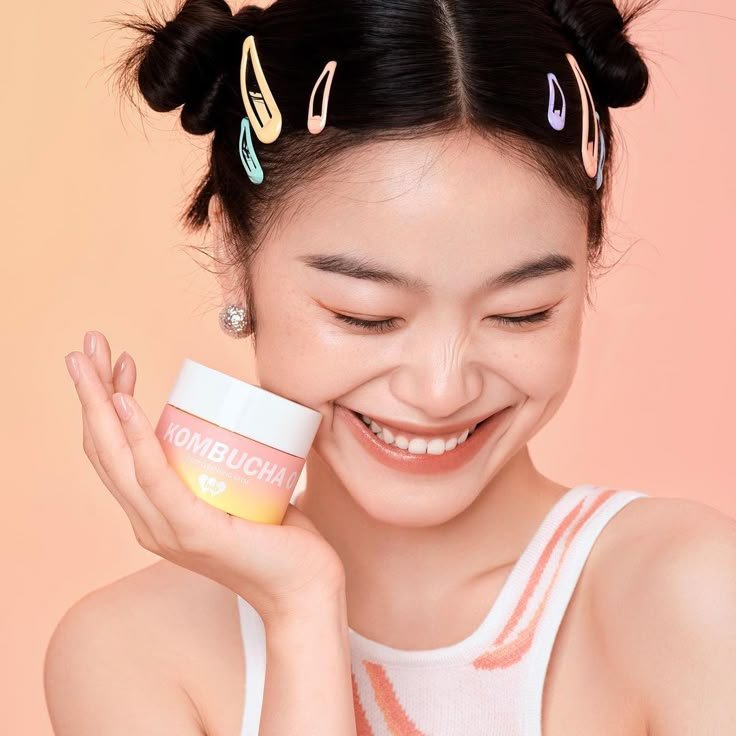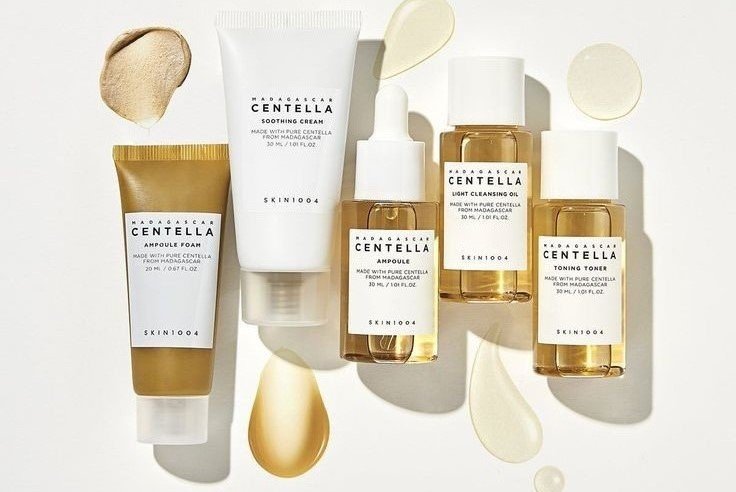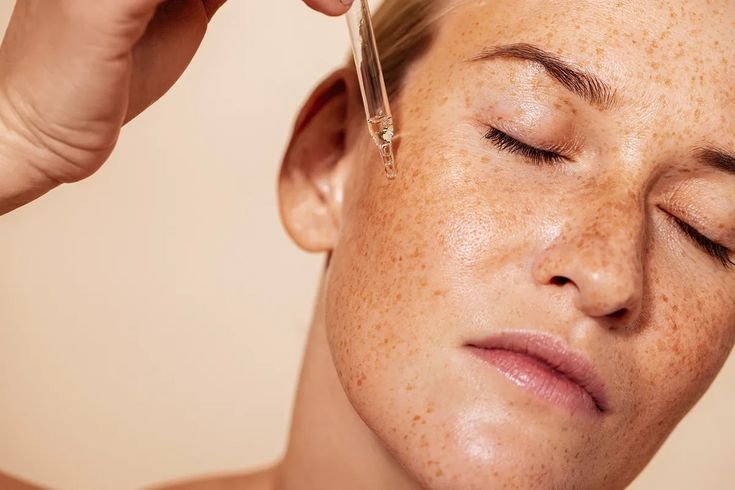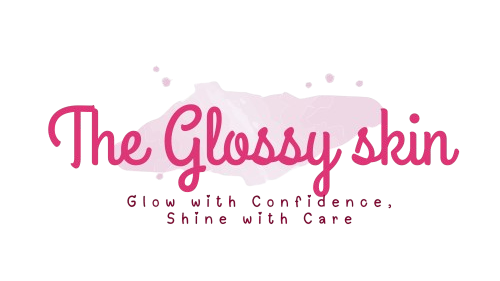
Skin Care
Hair Care
Gallery

The Art of Layering Skincare
A Step-by-Step Guide to Maximize Results”
Why Layering Matters
In Korean and Japanese skincare philosophies, layering isn’t just a trend—it’s a science. Applying products in the correct order ensures ingredients penetrate effectively, avoid pilling, and deliver targeted benefits. Get it wrong, and you might waste expensive serums or irritate your skin. Let’s break down the rules, product by product.
The Golden Rule: Thin to Thick
Start with lightweight, water-based formulas and finish with richer textures. This prevents heavier products from blocking lighter ones.
Step-by-Step Layering Guide
(Morning & Night Routines)
1. Cleanse
Purpose: Remove impurities and prep skin.
How-To:
Double Cleanse (PM): Start with an oil-based cleanser (DHC Deep Cleansing Oil) to dissolve makeup/sunscreen, then a water-based foaming cleanser (COSRX Low pH Good Morning Gel).
AM: Skip oil cleansing; use a gentle foam or micellar water.
2. Tone
Purpose: Rebalance pH and hydrate.
How-To:
Soak a cotton pad with a hydrating toner (Klairs Supple Preparation Toner) or press directly into skin.
Pro Tip: Use exfoliating toners (with AHA/BHA) only at night, 2–3x weekly.
3. Essence
Purpose: Boost hydration and prep for active ingredients.
How-To:
Pat in a fermented essence (SK-II Facial Treatment Essence or Missha Time Revolution).
4. Serum/Ampoule
Purpose: Target specific concerns (brightening, acne, aging).
How-To:
Water-Based First: Hyaluronic acid (Hada Labo Gokujyun Premium).
Actives Next: Vitamin C (Beauty of Joseon Glow Serum) for AM, retinol (Medik8 Crystal Retinal) for PM.
Avoid Mixing: Don’t layer vitamin C with niacinamide if sensitive (myth-busted: they can work together, but cautious skin may react).
5. Moisturizer
Purpose: Seal in hydration and strengthen the barrier.
How-To:
Gel creams (Belif Aqua Bomb) for oily skin.
Rich creams (Illiyoon Ceramide Ato Concentrate Cream) for dry skin.
6. Sunscreen (AM Only)
Purpose: Non-negotiable UV protection.
How-To:
Apply a dime-sized amount of lightweight SPF (Biore UV Aqua Rich Watery Essence) as the final daytime step.
7. Face Oil (PM Optional)
Purpose: Lock in moisture and add glow.
How-To:
Press 2–3 drops of oil (Tatcha Camellia Oil) over moisturizer.
AM vs. PM Routine Cheat Sheet:
StepMorningEvening
Cleanser Gentle foam Double cleanse
Exfoliant Avoid AHA/BHA
(sun sensitivity) toner (2–3x/week)
Vitamin C

(brightening)

Retinol


(repair)
Sunscreen


Pro Tips for Advanced Layering
pH-Dependent Actives First: Apply exfoliants (AHA/BHA) or vitamin C on clean, dry skin. Wait 5–10 minutes before next step.
Water Before Oil: Hyaluronic acid serums go on damp skin; oil-based products last.
Less Is More: 5–7 layers max—overloading can irritate.
Common Mistakes to Avoid
Mixing Retinol + Vitamin C: Can cause irritation. Use vitamin C in AM, retinol in PM.
Skipping Wait Times: Let exfoliants or thick serums absorb fully.
Heavy Creams Before SPF: Sunscreen must form an even film—apply it last in AM.
Product Recommendations
Best Hydrating Toner:Haruharu Wonder Black Rice Toner (K-beauty)
Best Brightening Serum:Shiseido White Lucent Intensive Spot-Control Serum (J-beauty)
Best Barrier Cream:Dr. Jart+ Ceramidin Cream (K-beauty)
Final Word
Layering skincare is like crafting a personalized cocktail for your skin. By following these rules and listening to your skin’s needs, you’ll unlock the glow that Korean and Japanese beauty rituals are famous for. When in doubt, remember: hydration first, actives smart, sunscreen always.
Ready to glow? Bookmark this guide and tag @MyGlossySkin with your layered routine!

What Is Collagen?
Collagen is the most abundant protein in the human body, making up 75–80% of skin’s structure. It acts as a scaffolding protein, providing elasticity, firmness, and hydration. As we age, collagen production declines by ~1% yearly after 25, leading to wrinkles, sagging, and dryness. This has fueled a booming market for collagen-based products, including topical creams, powdered supplements, and ingestible formulas. But do they work? Here’s what dermatologists, nutritionists, and peer-reviewed studies say.
The 3 Types of Collagen Products: Expert Insights
1. Topical Collagen Creams
How They Work: These creams claim to replenish collagen via direct application. However, dermatologists like Dr. Rachel Lee (MD, FAAD) caution that collagen molecules are too large to penetrate the skin barrier. “Topical collagen sits on the skin’s surface, acting as a humectant to hydrate—not rebuild collagen,” she explains.
Doctor Reviews:
Dr. Hannah Park (Cosmetic Dermatologist): *“Look for creams with collagen-boosting peptides (like palmitoyl tripeptide-5) instead. These stimulate your skin’s own collagen production.”*
Best For: Temporary plumping and hydration.
2. Collagen Powder Supplements
How They Work: Hydrolyzed collagen (broken into smaller peptides) is mixed into drinks or foods. Studies suggest these peptides may signal fibroblasts to produce more collagen. A 2019 Journal of Drugs in Dermatology review found oral collagen improved skin elasticity in 8–12 weeks.
Nutritionist Opinions:
Dr. Mark Sato (Registered Dietitian): “Type I and III collagen powders show the most promise for skin. Opt for marine or bovine sources with ≥10g per serving.”
Best For: Long-term skin texture improvement and joint health.
3. Ingestible Collagen Supplements (Pills/Gummies)
How They Work: Similar to powders but in pill form. However, doses are often lower. Dr. Emily Chen (Integrative Medicine): “Many ingestibles lack sufficient collagen concentration to see results. Powders are more cost-effective.”
Expert Caveat:
A 2021 Journal of Cosmetic Dermatology study noted inconsistent results with pill-form collagen, urging stricter dosing standards.
Key Differences at a Glance
Product Type
Pros
Cons
Expert Verdict
Topical Creams
Instant hydration, plumping
Can’t rebuild collagen
“Supplement with peptides, not collagen itself.”
Collagen Powder
High bioavailability, proven efficacy
Requires daily commitment
“Gold standard for ingestible collagen.”
Pills/Gummies
Convenient
Lower potency, mixed results
“Prioritize powders unless dosing is verified.”
The Bottom Line
While collagen creams offer surface-level benefits, powders and ingestibles target collagen loss from within—with powders leading in clinical backing. Dr. Lee summarizes: “No product fully reverses aging, but hydrolyzed collagen supplements, paired with sunscreen and retinoids, are your best bet for sustained skin health.” Always consult your dermatologist before starting new regimens, and prioritize products with third-party testing (look for NSF or USP seals).
Final Tip: Boost collagen naturally by eating vitamin C-rich foods (citrus, bell peppers) and avoiding UV exposure. Your skin’s future self will thank you!
Sources Cited:
Journal of Drugs in Dermatology (2019)
Journal of Cosmetic Dermatology (2021)
Interviews with Dr. Rachel Lee, Dr. Mark Sato, and Dr. Emily Chen.
Testimonials
Proudly powered by WordPress






